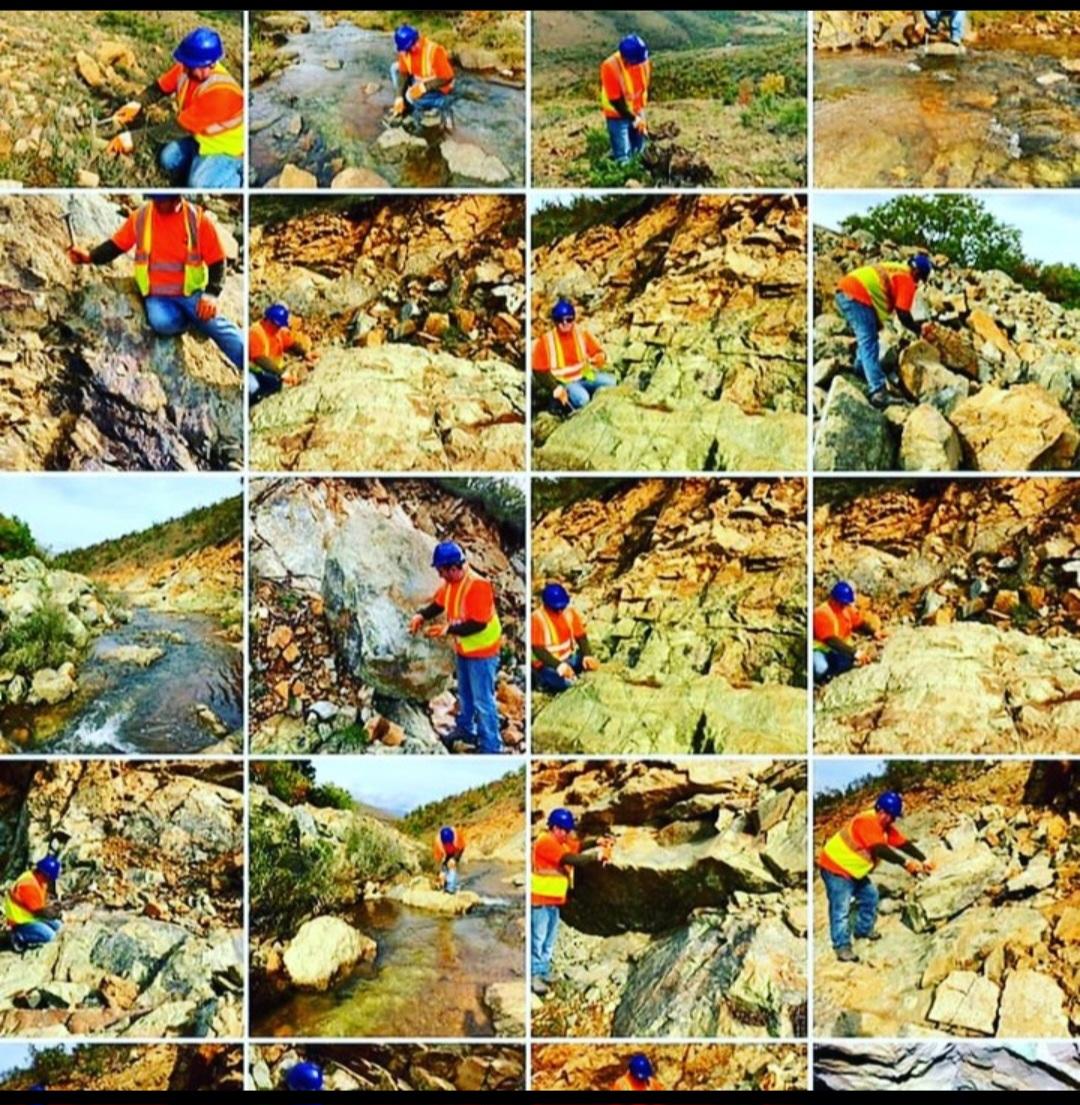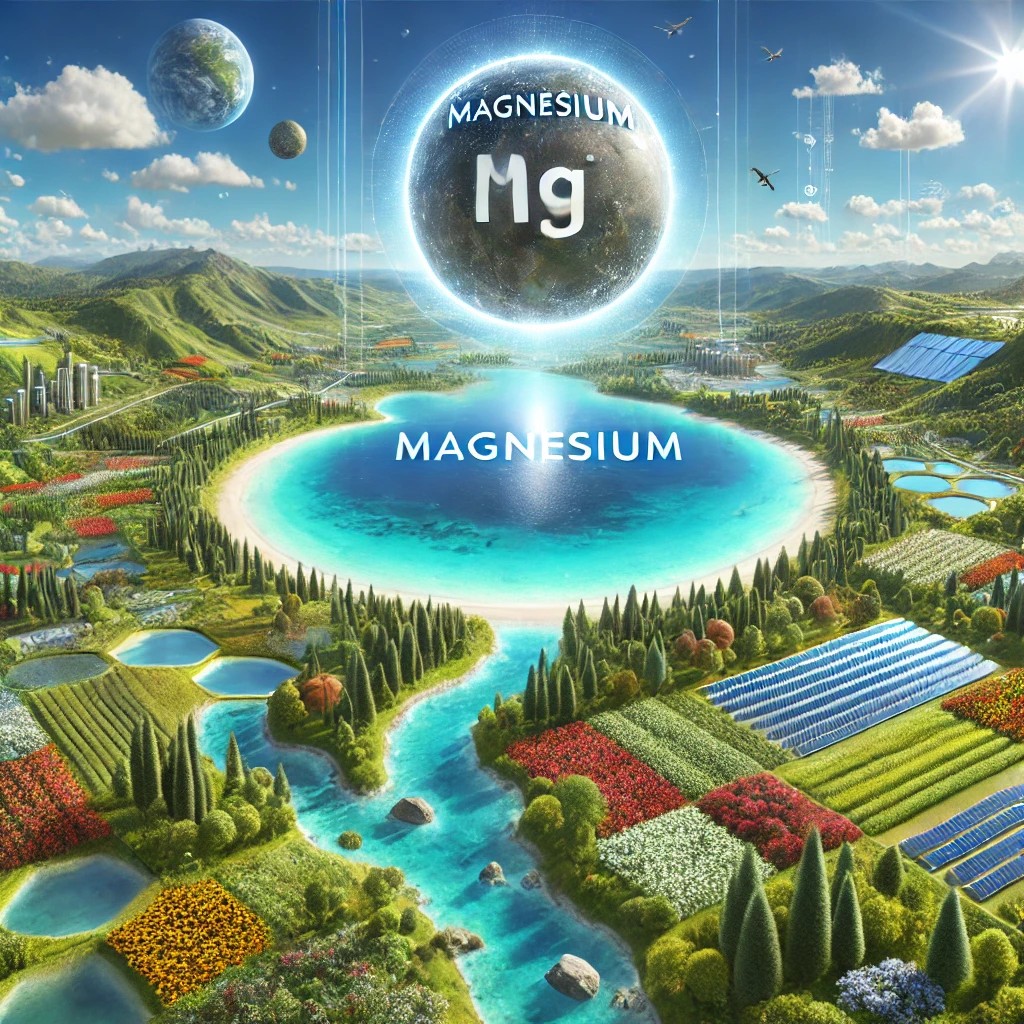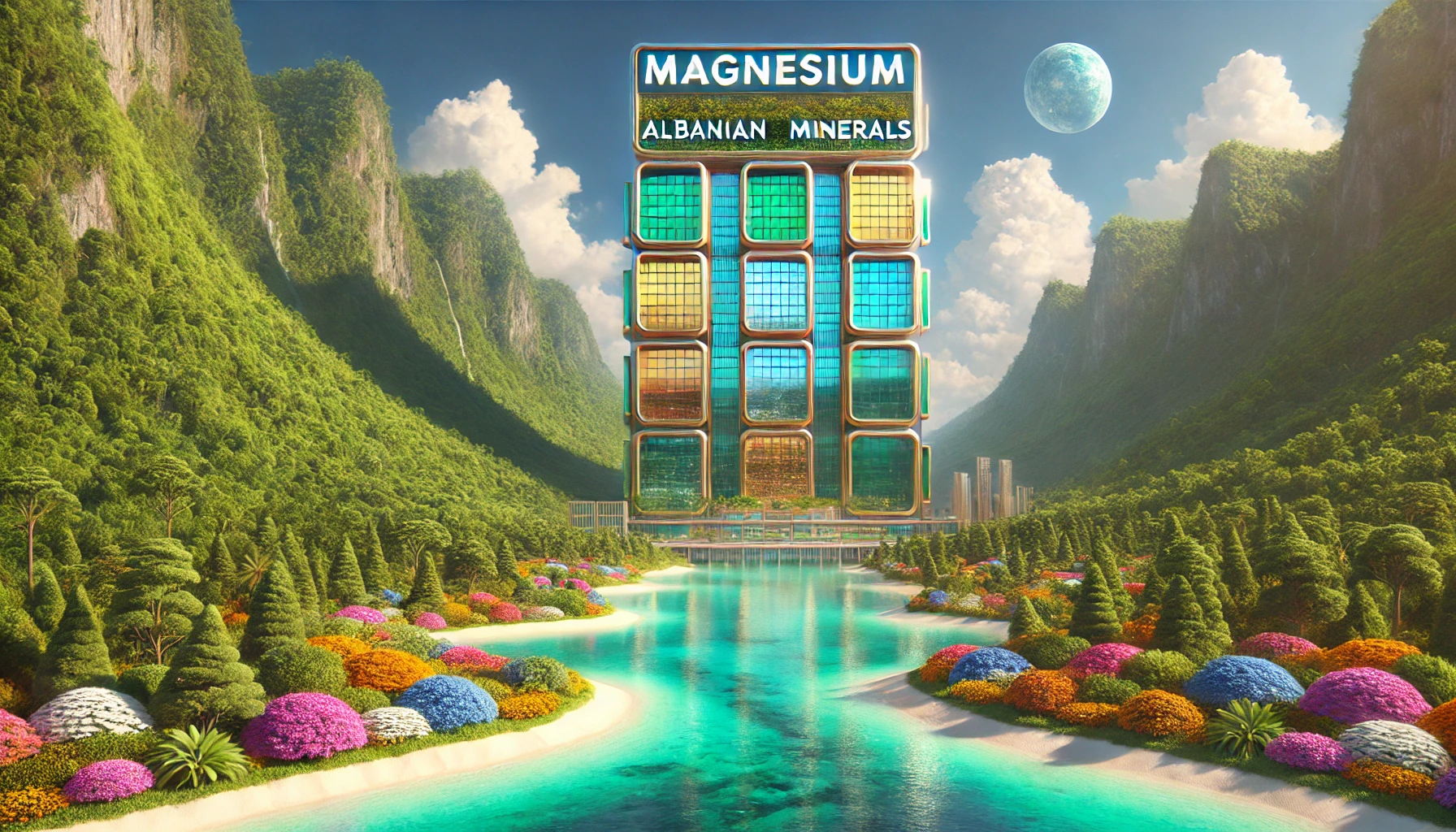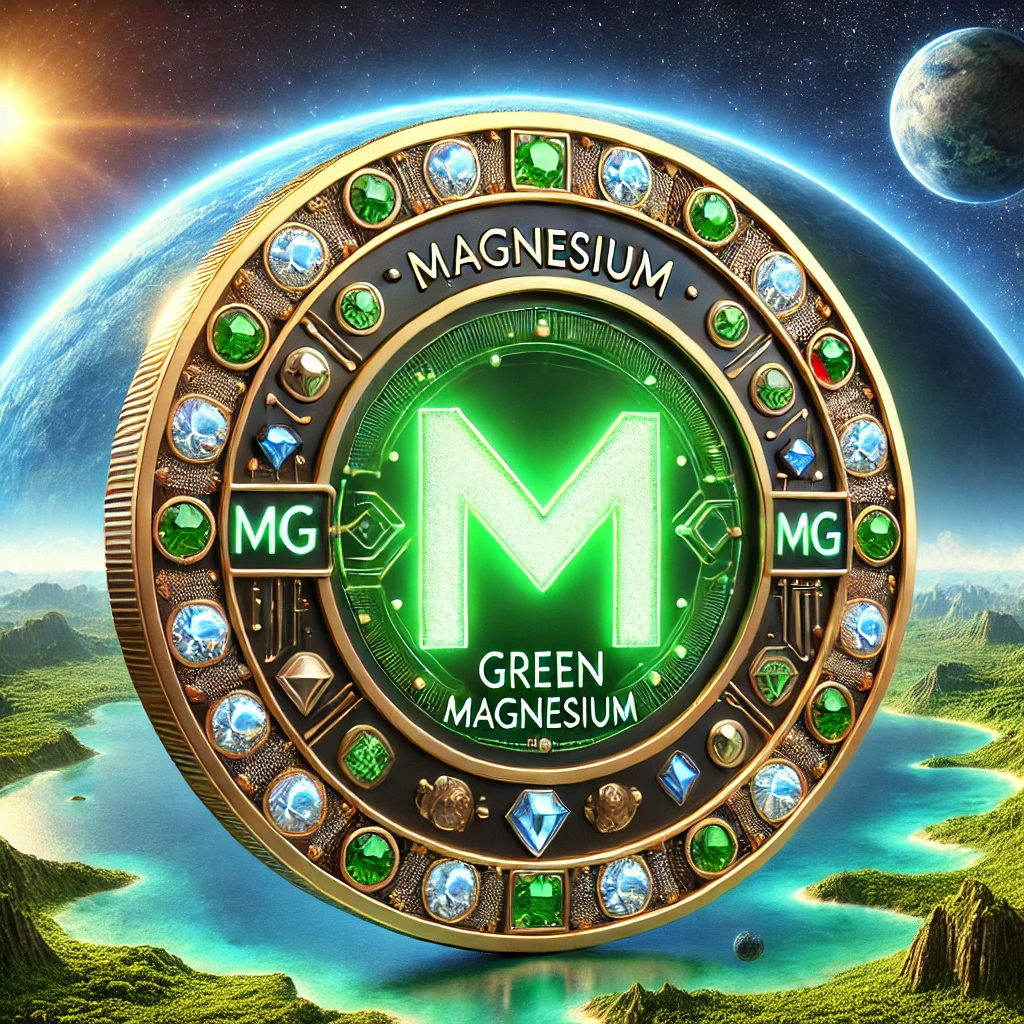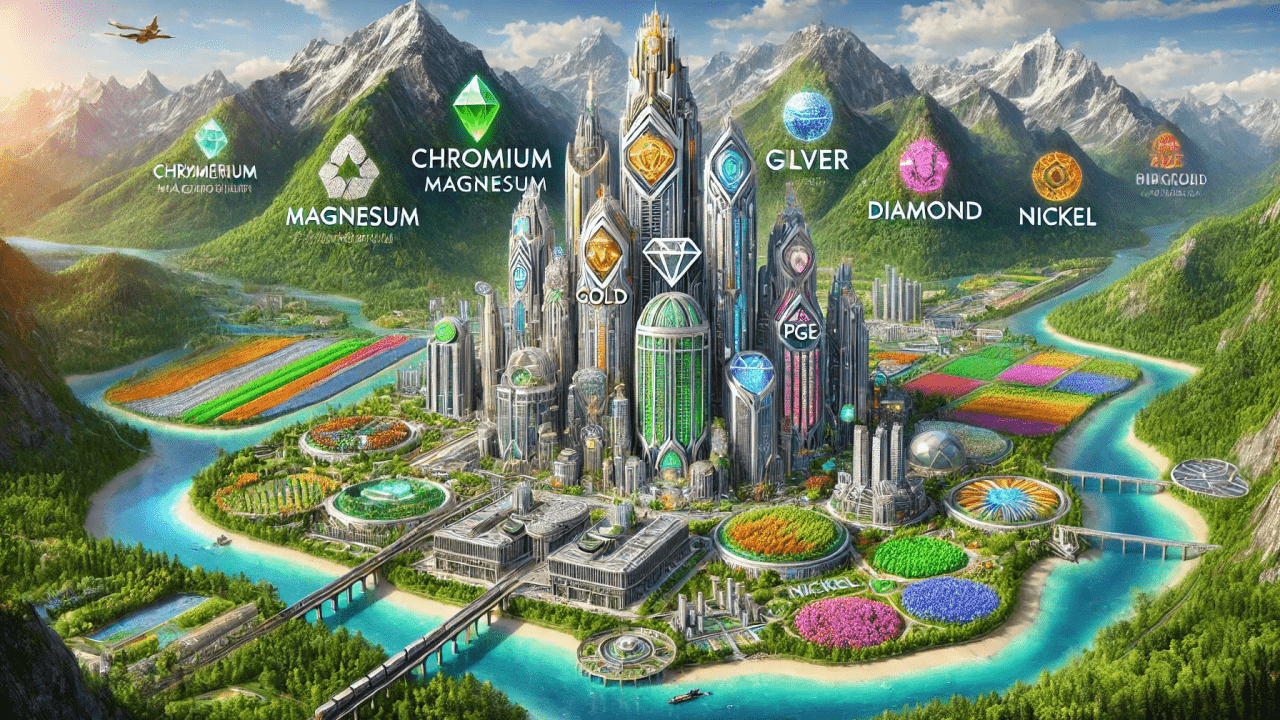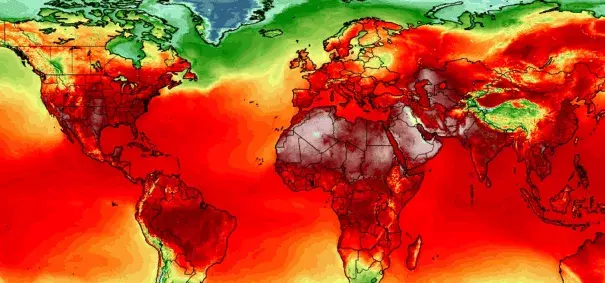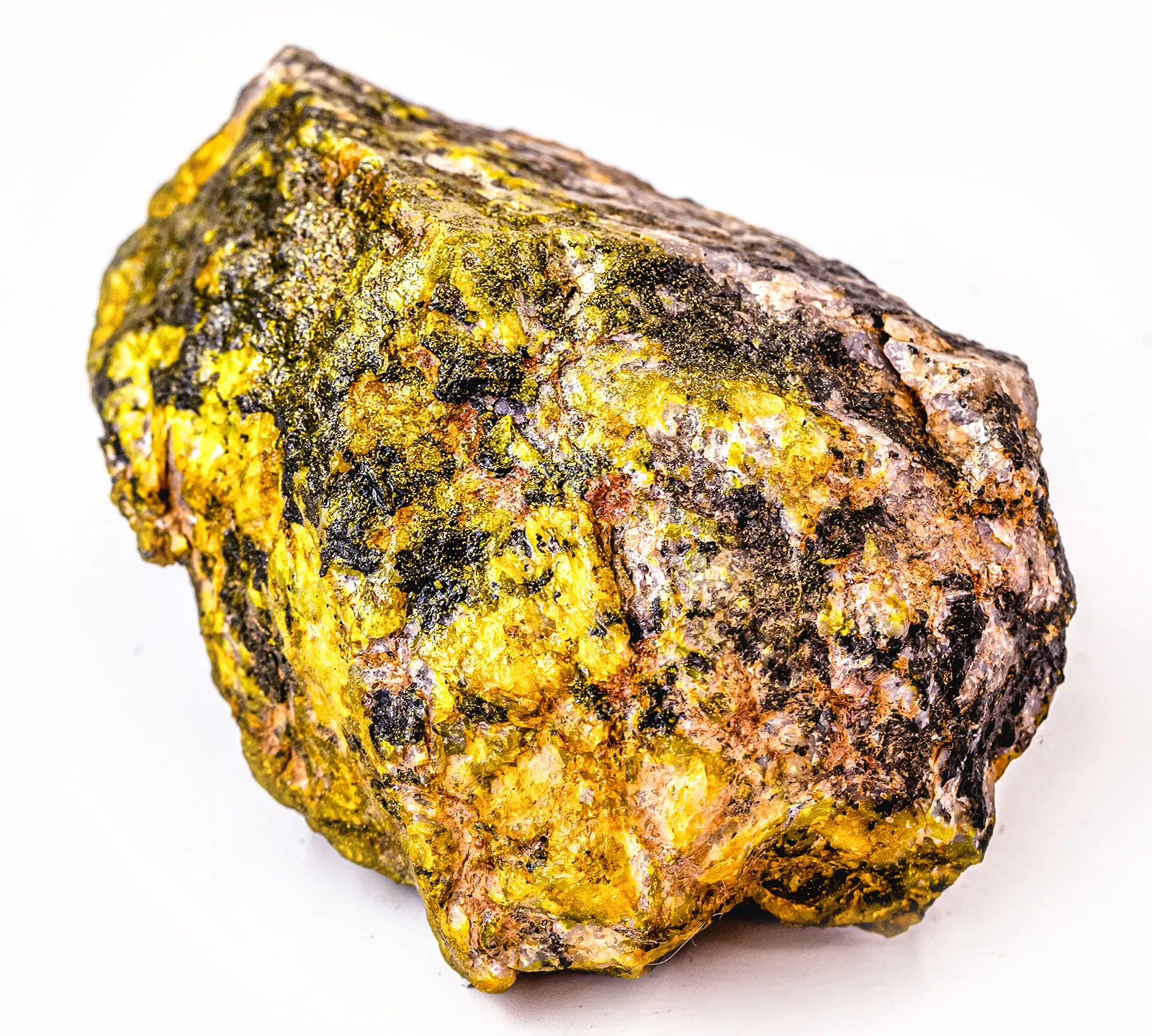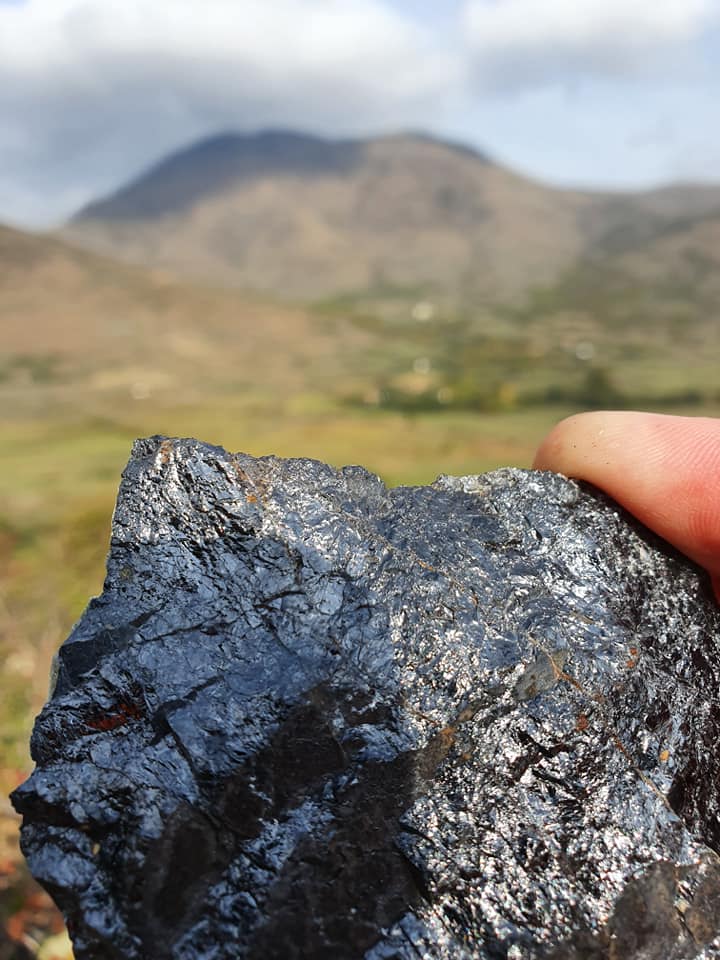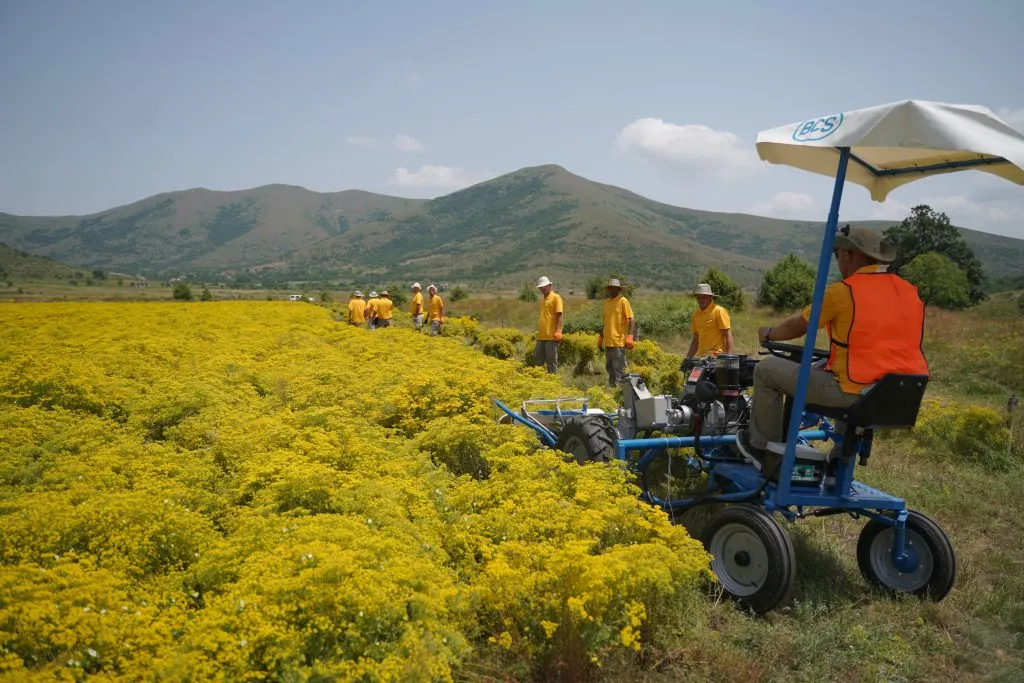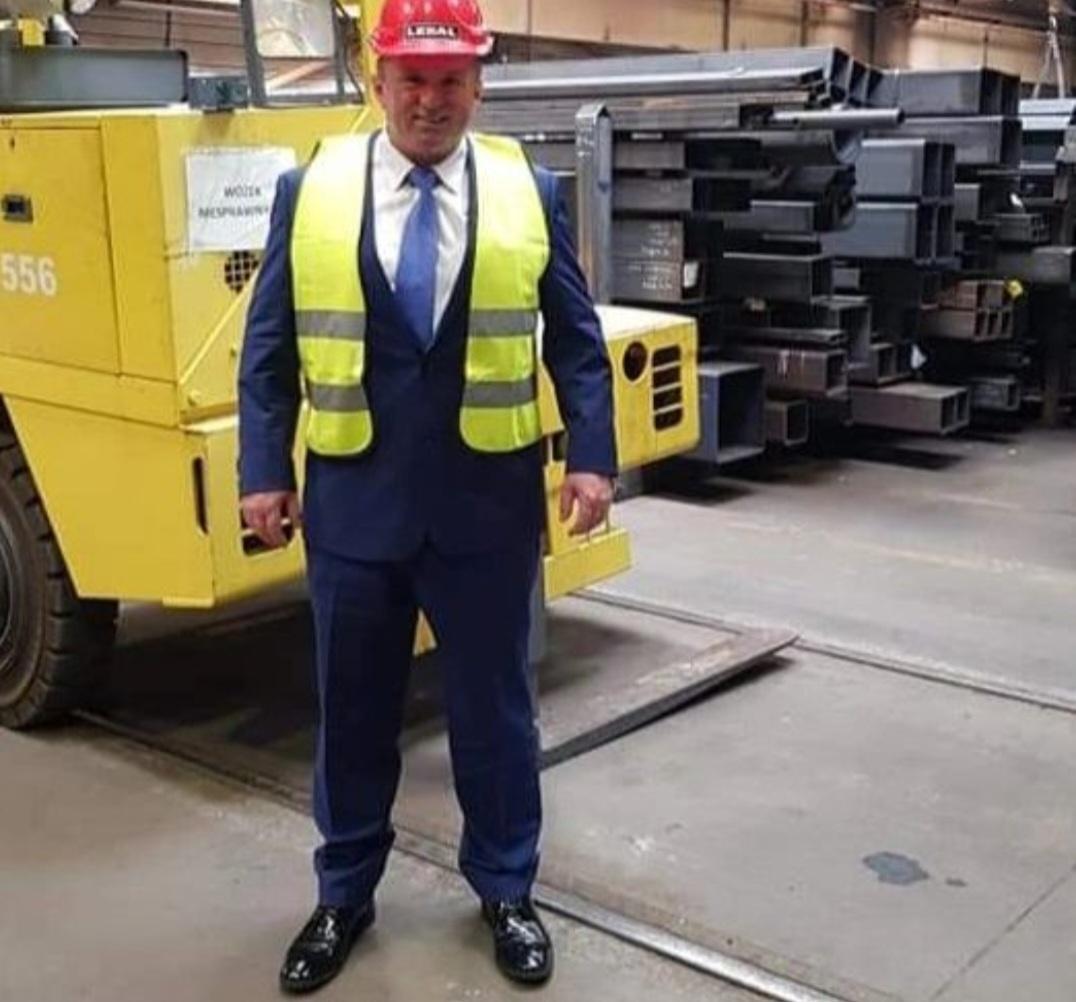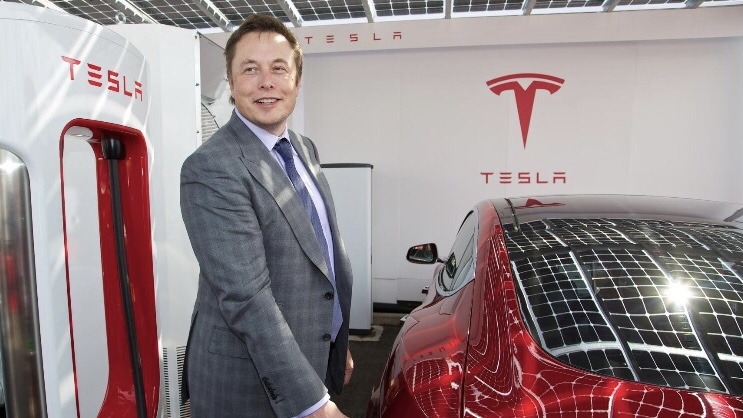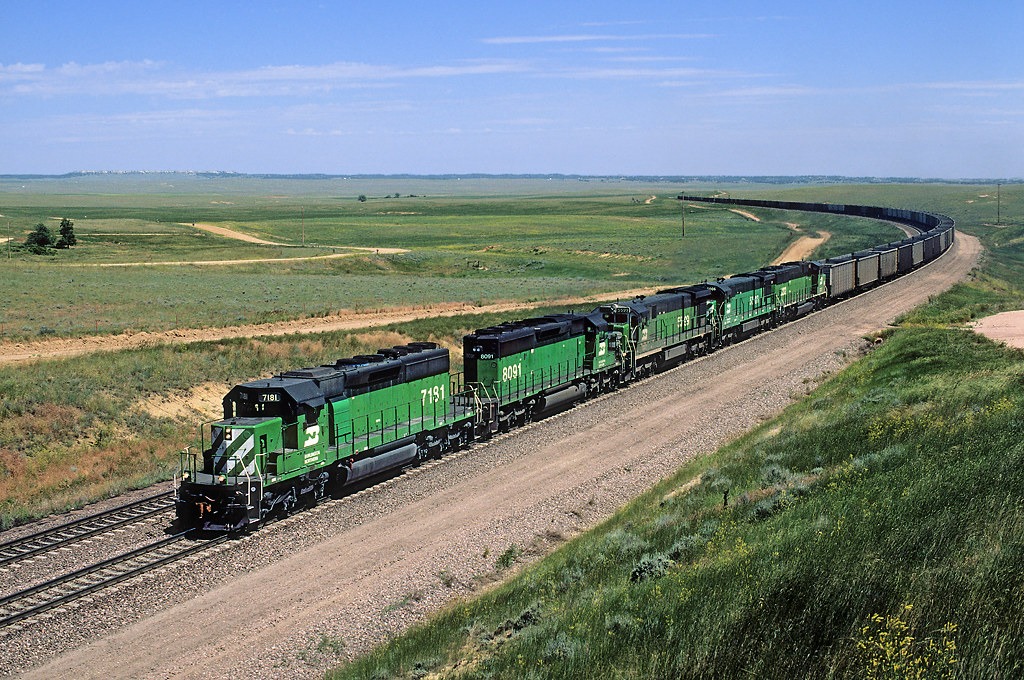
In the vibrant tapestry of the European Union’s economic landscape, stainless steel emerges not merely as a material, but as a cornerstone of innovation and infrastructure. Sahit Muja, the visionary CEO of Albanian Minerals, situated in the bustling nexus of New York, meticulously examines the intricate dynamics of the stainless steel sector. He articulates a compelling narrative—one that navigates the myriad challenges and bountiful opportunities inherent in this vital industry.
Despite the EU’s stature as the world’s preeminent economic powerhouse, an alarming dearth of investment in critical sectors like stainless steel has stymied progress. This pivotal alloy is not merely an industrial commodity; it serves as the backbone of high-tech advancements and modern architectural marvels. The current scarcity within the EU has ignited a relentless ascent in prices, fueled by antiquated alloy surcharges and a constrained output from domestic producers. Such an imbalance—between burgeoning demand and stagnant production capabilities, casts a long shadow over the EU’s industrial aspirations, with steel imports reaching a staggering shortfall of 22 million tonnes in 2023 alone.
The decline in crude steel production within the EU, juxtaposed against the backdrop of protective market measures, presents formidable challenges for the European Commission. Detractors of current policies warn of the perilous favoritism extended towards EU steel manufacturers, a stance that could imperil President Ursula von der Leyen’s reelection campaign, particularly given the potential ramifications for millions of jobs within the processing industry.
As the global landscape shifts, the recent volatility in ferrochrome prices, exacerbated by shortages in China, Europe, Japan, and India—adds layers of complexity to the stainless steel production equation. South Africa’s proposed export duties on chrome ore threaten to further destabilize an already fragile global supply chain, pushing prices skyward and intensifying competition.
In a harbinger of future trends, Albanian Minerals’ report forecasts a dramatic contraction in high-grade chrome ore production and reserves in 2024, foreshadowing a price surge driven by limited availability. The integral role of chromium and ferrochrome alloys in the steel industry becomes glaringly evident, as alternatives remain elusive in the quest for advanced metallurgical solutions.
Muja astutely highlights the escalating demand for raw materials, nickel, coal, chrome ore, and iron ore, championed by major Chinese and Indian enterprises. This underscores the urgent need for strategic interventions to alleviate supply chain bottlenecks and ensure a robust flow of materials critical to stainless steel production.
Stainless steel, as Muja elucidates, is not merely a metal; it is an enabler of green transitions across a spectrum of industries. Its multifaceted applications are as diverse as they are vital, encompassing heavy machinery, manufacturing, aerospace, maritime engineering, and even the delicate realm of surgical instruments.
Anticipated surges in demand, alongside the intricacies of price dynamics, paint a vivid picture of the market’s future. The interplay of global demand, production disruptions stemming from the COVID-19 pandemic, and geopolitical tensions serve as catalysts for significant shifts in pricing structures. As supply constraints, particularly in chrome ore production, loom ominously on the horizon, the specter of steep price increases for ferrochrome and chrome ore becomes a pressing reality.
Seasonal mining constraints further complicate this landscape, as winter conditions impose limitations on chromite extraction, predominantly conducted through open-pit mining. This cyclical nature of production accentuates the need for a resilient supply chain, capable of withstanding the vicissitudes of nature and market fluctuations.
Ferrochrome production stands as a testament to the symbiotic relationship between raw materials and stainless steel manufacturing. The preponderance of chrome ore utilized in ferrochrome production underscores the criticality of a stable supply to sustain global steel output.
Driving forces, such as the relentless expansion of China’s stainless steel industry and sweeping economic stimulus initiatives worldwide, coalesce to forge an unyielding demand for chrome ore, nickel, iron ore, and ferrochrome. These dynamics illuminate the paramount importance of reliable supply chains, poised to meet the escalating needs of an ever-evolving market.
In this context, Albanian Minerals rises as a beacon of promise, a key European supplier of chrome ore, strategically positioned to cater to the burgeoning demand for essential raw materials within the stainless steel sector.
In summation, the pivotal role of stainless steel across diverse industries, intertwined with the shifting currents of market dynamics and supply challenges, underscores the imperative for sustainable and dependable supply chains. Sahit Muja’s insights provide a clarion call, illuminating the critical interplay between market forces, supply constraints, and the irreplaceable role of stainless steel in catalyzing green transitions and propelling industrial advancement into the future.




